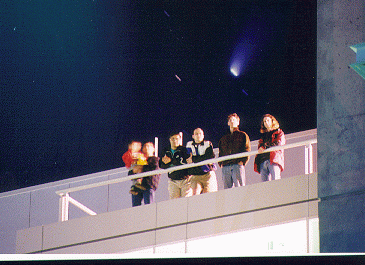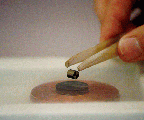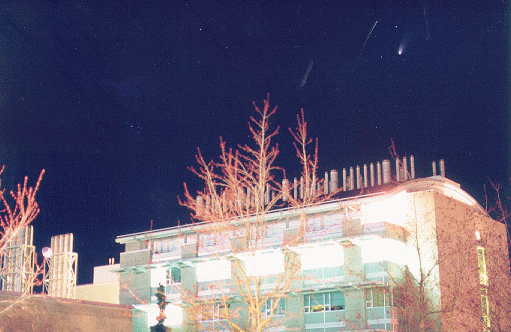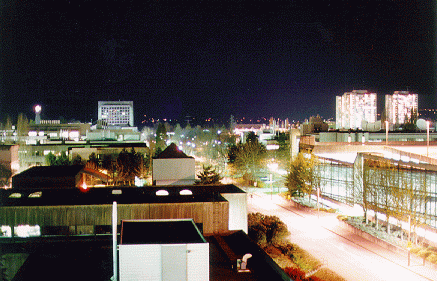


This web site is a brief summary of a Low Temperature Physics demo that I have had a chance to offer at several BC High Schools. I am presently enrolled in the Masters Program here at the Physics Department of UBC. I am but one of more than a dozen people who are working in the field of High Tc Superconductivity. In particular, my work focuses on the behaviour of superconductors at microwave frequncies. Superconductivity in Mercury was discovered by K Onnes in 1911 shortly after he had liquified helium. It took approximately 45 years before the effect was completely understood for superconducting metals. Up to a little over a decade ago, the record for transition temperatures was around 23 Kelvin. In 1986, however, the existing field of superconductivity changed forever with the discovery of ceramic composites with transition temperatures in excess of 125 Kelvin. Our group, like many others in the world, has been working non stop since then in attempts to help explain the mysteries of these new materials. Hopefully the world will not have to wait another 45 years to find the key. Nevertheless, at this time it is one of the greatest challenges in Physics.

Just a few of the many people in our group are shown above: Saeid Kamal and his son Sepehr, Pinder Dosanjh, Myself-Bruce Gowe, Chris Bidinosti, Doug Bonn and Back Row: Hale-Bopp!

Our work takes place in the Advanced Materials and Process Engineering Laboratory shown above. Here people with widely different disciplines share space and collaborate on various research goals, including High Tc Superconductivity.

When we do get a chance to look out the window, this is our view of UBC looking North at night.